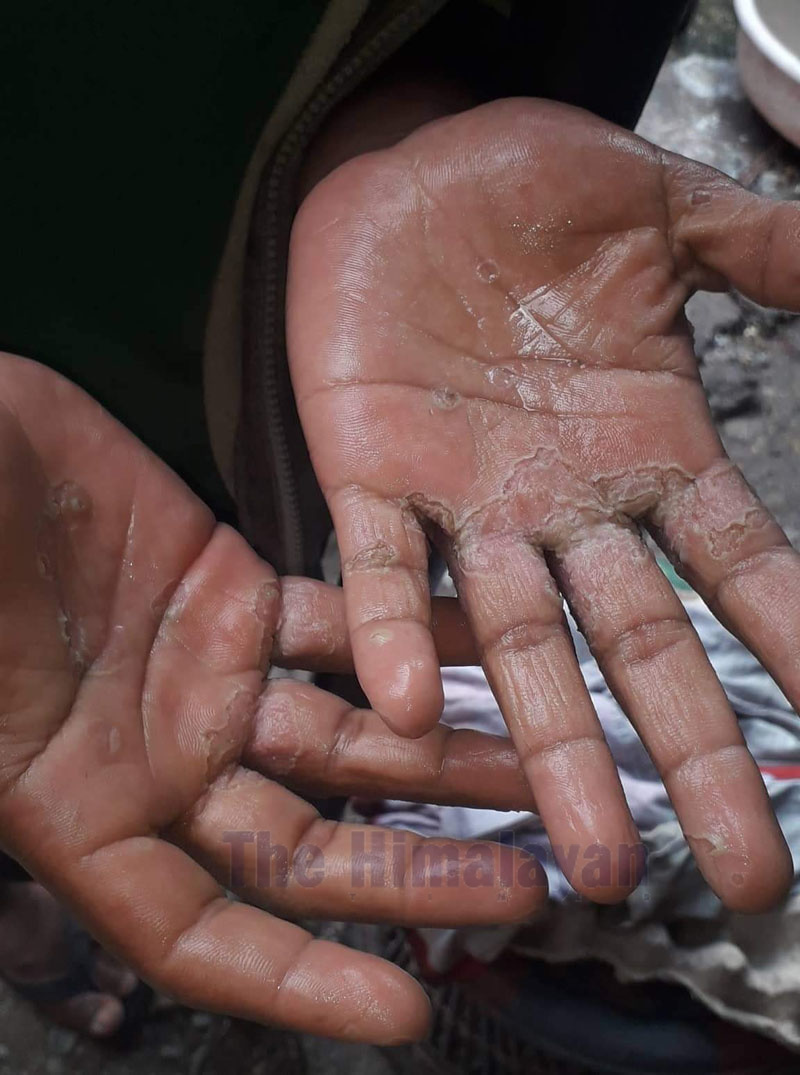Government drafts action plan to eliminate child labour
Many children have been found to be employed in informal sectors
Kathmandu, January 31
The government has drafted Action Plan for elimination of child labour to facilitate the implementation of the 10-year masterplan, which targets to abolish the worst form of child labour by 2028.
The action plan has fixed the short-term, mid-term and long-term activities, responsible agencies, supporting agencies, time-frame, expected outcomes and indicators for ending the child labour as stated in the masterplan. As per the action plan, the government will make an amendment to the Child Labour (Prohibition and Regulation) Act-2000; develop policies, rules, procedures and standards related to elimination of child labour in provincial and local levels; maintain consistency among various laws related to children; formulate procedure and enter into agreement on monitoring, rescue and repatriation of inter-country child labourers; and declare all local levels and industries child labour free zones.
Committees and subcommittees on child labour will be formed in provincial and local levels, necessary mechanisms for monitoring, rescue and rehabilitation of children engaged in child labour will be developed, investigation and prosecution committees in the centre and provinces will be formed, national child labour survey will be conducted in every five years, data related to child labour will be collected and updated through Local Level Employment Service and Information Centre on a regular basis, capacity building programmes for local level staff will be introduced and hotline services will be made available to increase access to the Ministry of Labour, Employment and Social Security, National Centre for Children at Risk and Nepal Police.
The new action plan also envisions coordination between government bodies and NGOs to end child labour. As per the action plan, trade unions will be given skill-based trainings.
The MoLESS, Ministry of Home Affairs, Ministry of Federal Affairs and General Administration, Ministry of Women, Children and Senior Citizens, provincial governments and local levels are implementing bodies, while the Ministry of Finance, Office of the Attorney General, Ministry of Law, Justice and Parliamentary Affairs, Central Bureau of Statistics and others will act as supporting agencies to eliminate child labour, reads the action plan published on the website of the MoFAGA.
Recently, the government had prepared a draft of ‘Procedure for Declaration of Local Level as Child Labour Free Zone-2019’. It aims to free each local level from child labour in a sustainable manner, and make Nepal a child labour free country. The procedure focuses on child labourers employed in residences, hotels, casinos, restaurants, bars, pubs, resorts, skiing, rafting, cable car, mountaineering, hot air ballooning, gulf course, polo, horse riding, workshop, laboratory, slaughterhouses, public transport, brick kilns and construction and manufacturing sites.
A local level may be declared a child labour free zone on the basis of identification of all children born within the municipality or rural municipality concerned and socioeconomic condition of their family. If all the requirements prescribed by this procedure are met, the local level concerned may declare it as a child labour free zone with the approval of the MoLESS. According to the 2019 annual report of MoWCSC, children are found to have been employed in informal sectors such as restaurant, transportation, construction work, agriculture, small and cottage industries, carpet factory and brick kiln, among others. Many children have also been employed as domestic help.






